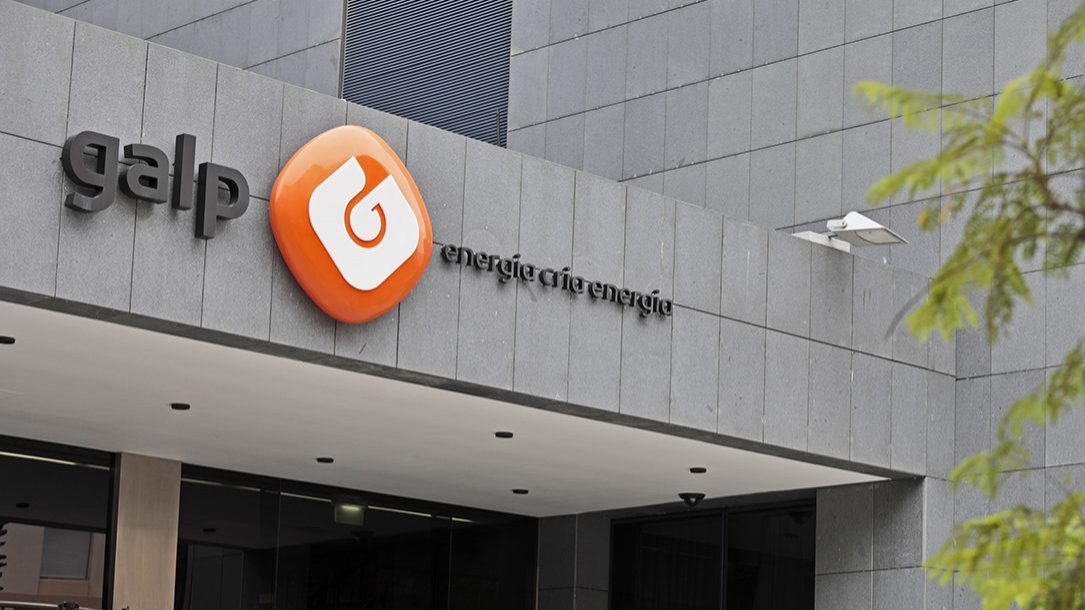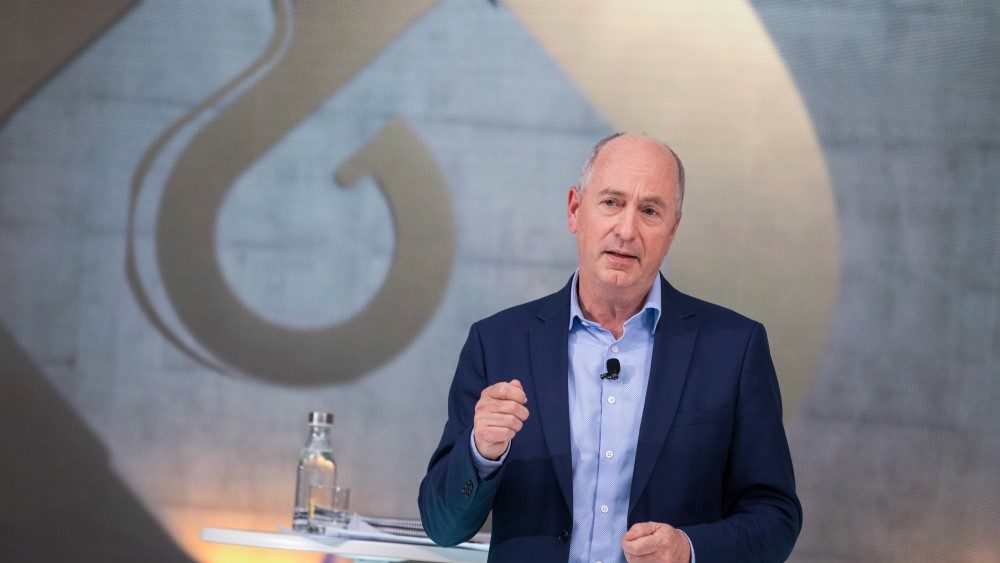New windfall tax will cost Galp over €200 million
This new tax will have an impact equivalent to 3% in the oil company's market capitalisation, if the rate applied is 33%.
The windfall tax may impact between €220 million and €330 million Galp’s profits, depending on the tax rate applied (33% or 50%, respectively), according to Pedro Alves, an analyst at Caixabank BPI Equity Research. In a research note sent to his clients on Wednesday, he revised the target price for the oil company’s shares from €13.9 to the current €11.4.
This new tax will have an impact equivalent to 3% in the oil company’s market capitalisation, if the rate applied is 33%. But if the tax rate is 50%, Galp’s accounts will be impacted by an amount equivalent to 4% of its market capitalisation.
The Minister of Finance has already guaranteed that the Windfall Tax will come into force this year under the Temporary Solidarity Contribution (CTS). Fernando Medina added that this new tax should have a “minimum rate of 33%,” following “what was decided at the European level”.
The tax on extraordinary profits of sectors linked to energy, known as the Windfall Tax, was proposed on September 14 by the European Commission and is a temporary tax on the “excess profits” of fossil fuel producers in the European Union to help offset the rising energy and gas bills of European consumers. The European Commission estimates that the Windfall Tax could raise around €25 billion.
“The stars were aligned for 2022, but unfavourable hedging operations coupled with Nigeria’s liquefied gas shortages tarnish the stellar year,” writes Caixabank analyst BPI Equity Research about Galp.
Pedro Alves maintains his “neutral” recommendation for the oil company’s securities and sees at the presentation of results (scheduled for October 24th) Galp’s management will review below the targets set for this year, “mainly due to the supply disruptions in Nigeria.”
The analyst estimates that Galp achieved an RCA EBITDA of €793 million in the third quarter, 36% below that recorded in the second quarter but 31% above that reported in the same period last year.


